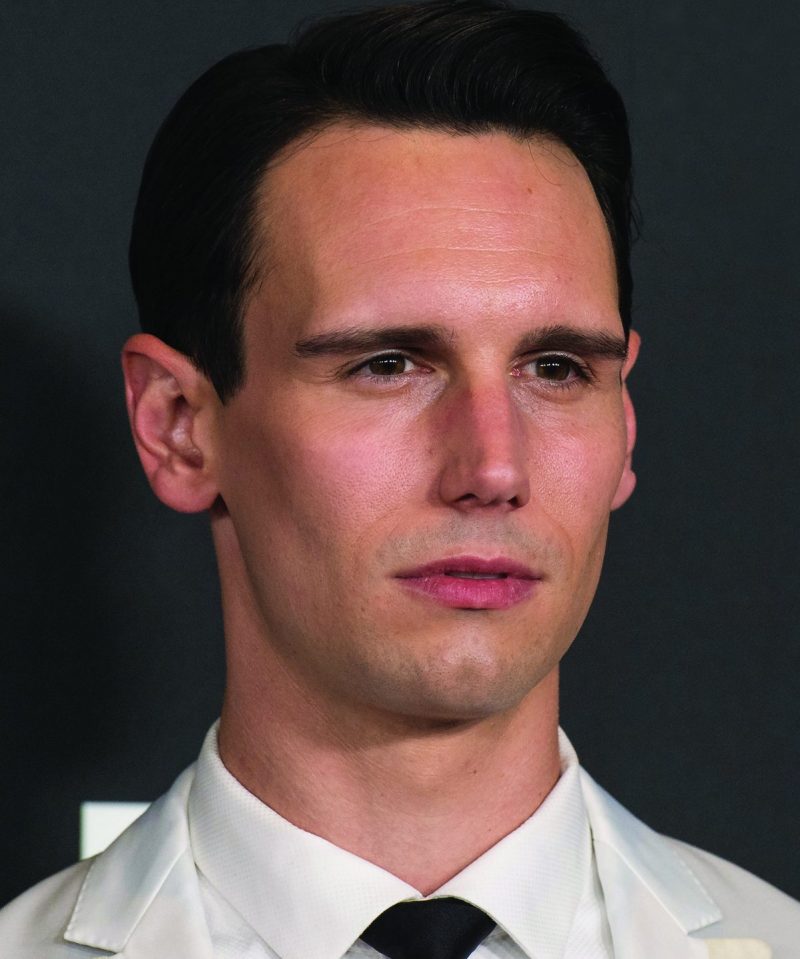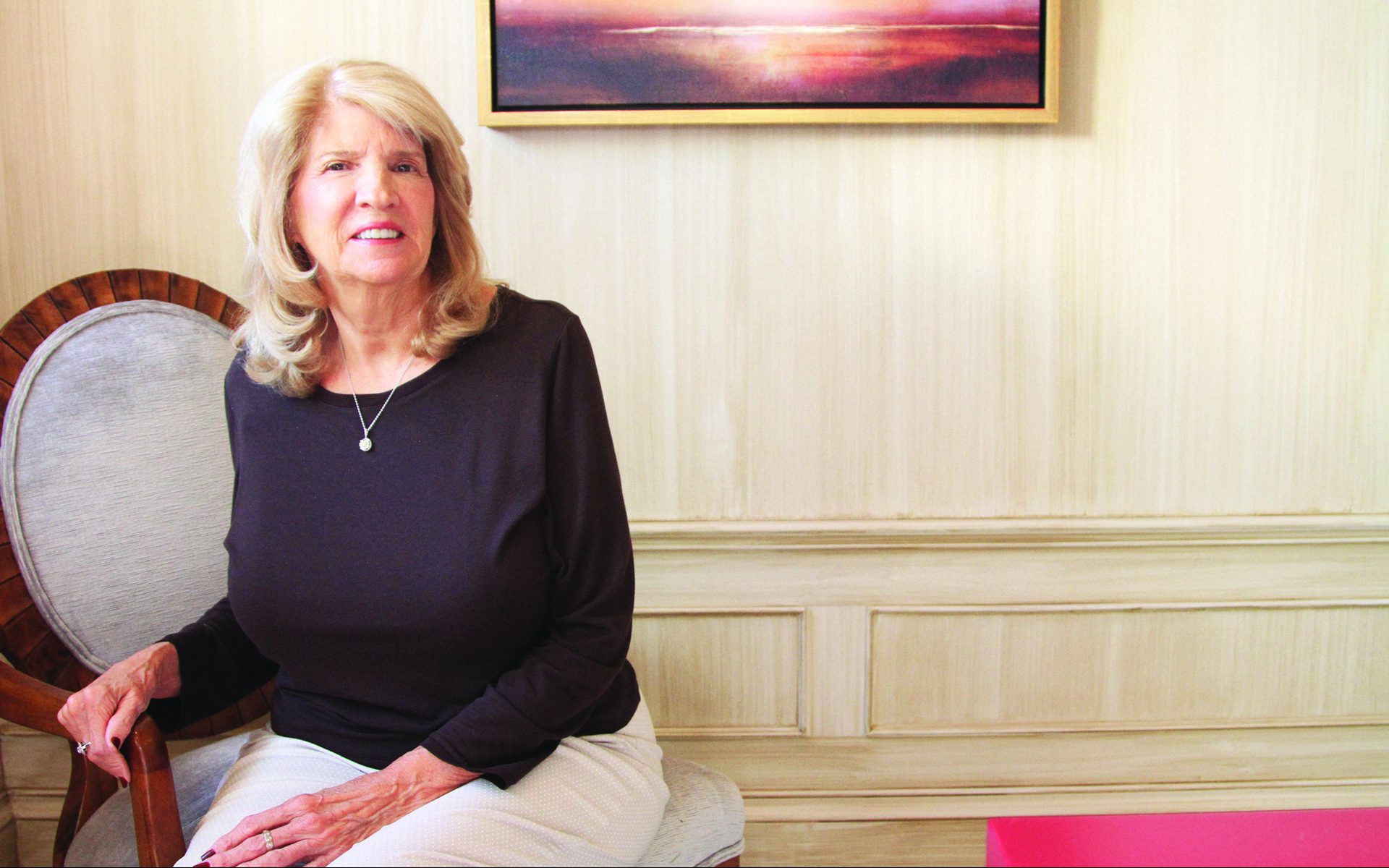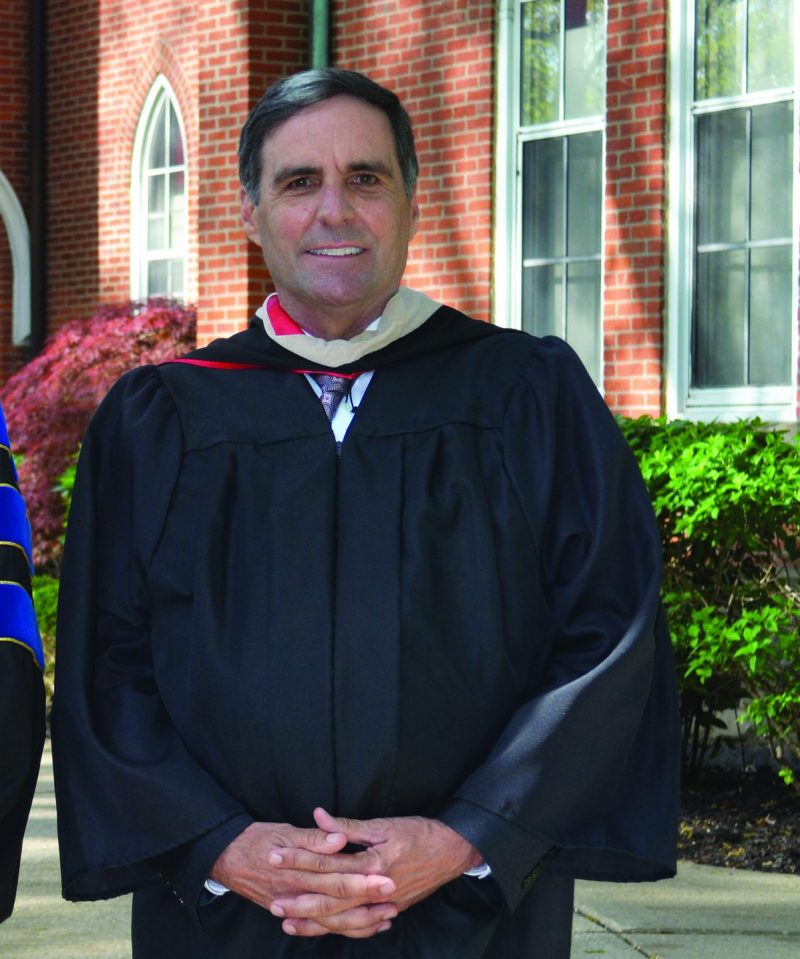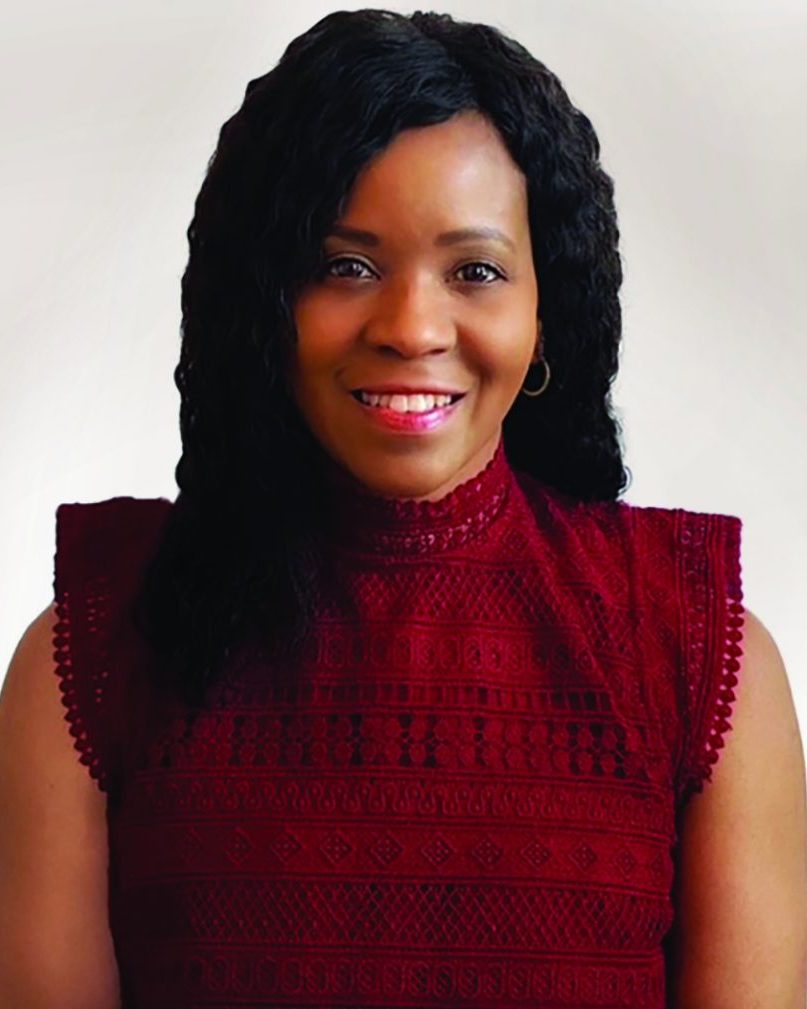There is something about place. In the early days of the pandemic, I tried working from home. But I did not like it. And it wasn’t just the distractions of three kids and a dog. I didn’t feel like the president of Otterbein at home at our kitchen table. I felt disconnected. So I quickly came back to the office well before campus had generally reopened. I had all of Roush Hall safely to myself, but I had a sense of place again. I could see Towers Hall, walk the campus, thank the facilities and police staff still doing their work, and connect to our purpose.
Part of that for me is knowing the same spaces were occupied by legends of our past. I will never know Lewis Davis, William Hanby, Mary Katherine Winter Hanby, Sarah Miller, William Fouse, or Kiyoshi Yabe. Yet, I know they are
here. Each of them and thousands of others left their legacies here. Legacies that live on. We are caretakers of those legacies and we are charged to advance their work.
The legacies that made Otterbein what it is today have a common theme – boldness. Imagine starting a college in a tiny frontier settlement not yet even a town. That’s bold. Opening it to men and women and putting them in the same classes. Bold. Recruiting Black students, even as most Black Americans were still enslaved. Bold. Rebuilding when most of the campus was lost to fire. Bold. Offering an education to Japanese Americans who were being vilified and interred during World War II. Bold. Inventing the first truly integrated curriculum in the country, giving students equal voice in governance, launching into new fields from nursing to engineering. Bold, bold, bold.
We take these moments in our history for granted now. We know the outcome — Otterbein being on the right side of justice and growing over time. But, those outcomes were not certain when the bold decisions were made. There have been countless moments in our history when we came to a fork in the road and faced a choice. One direction was cautious, stayed, expected, and followed the crowd. The other was risky, innovative, and put us into a position of leadership. You know which path we took — over and over again. Bold. And, as Robert Frost would say, it has made all the difference.
It is now our turn to stand at the fork. We face the aftermath of a pandemic, economic uncertainty, inflation, a demographic decline in the number of high school graduates, and shifting workforce demands. I can tell you the path most colleges are taking. It is as if they are following a sign, “hope things get back to normal,” that draws them ahead. Normal is recruiting high school students with merit aid and campus amenities that have little to do with learning. Normal is the good ol’ days when families paid full price without asking about outcomes, where meeting the budget just meant raising tuition on students with few choices but to pay.
Let those other colleges take that path. I am absolutely convinced it is a dead end. Otterbein will be bold.
Our path is serving new student populations left behind by high tuition and purely merit-based aid. It is serving first-generation students, caring more about changing lives than prestige or hollow accolades. Our path takes us to adult learners in more graduate and degree-completion programs. It does so in partnership with other colleges — community colleges and four year colleges — in recognition that most students do not follow a straight-line to a bachelor’s degree. Our path is wide and allows plenty of room for those who thought a private college education was out of their reach. The bold path challenges us to link our academic programs directly to career preparation for every student. And that we do so with corporations and employers at our side.
There are risks. We will travel alone as other colleges crowd around an ancient and failed business and educational model. We will make big bets and investments in the future and not every idea will work. We will ask for your trust and your support.
But, we will not go backwards looking for “normal.” As we move forward, mindful of the choices that shaped this special place, I hear our forebearers whispering in our ears…it’s time to be bold.
Sincerely,
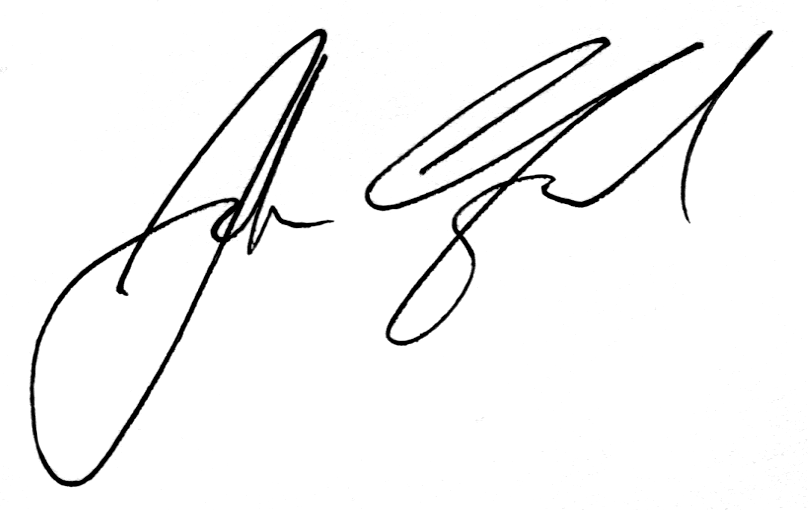
John L. Comerford, Ph.D.

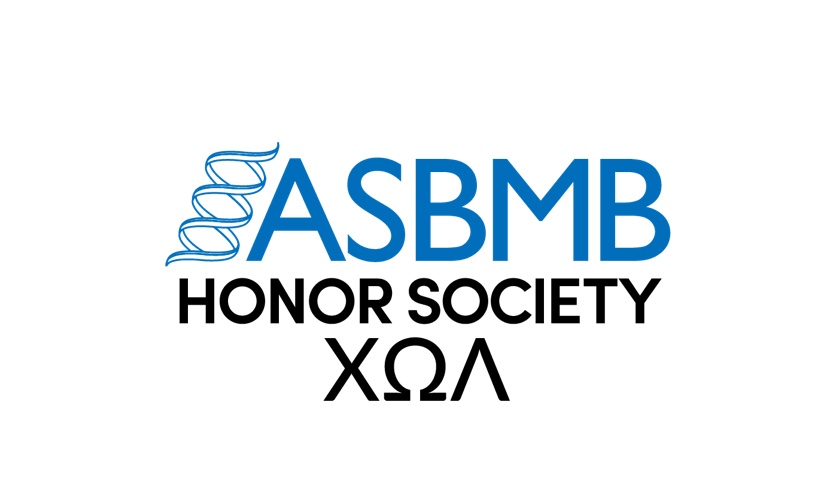
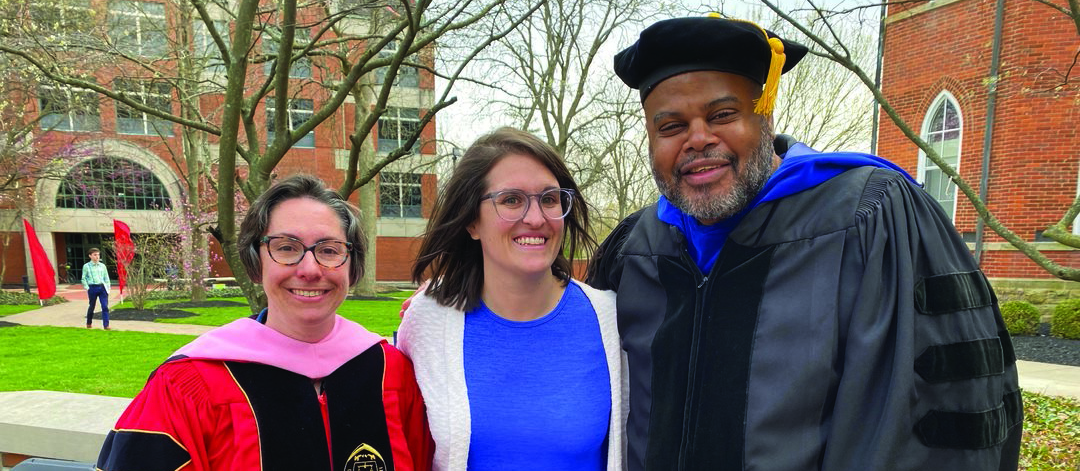
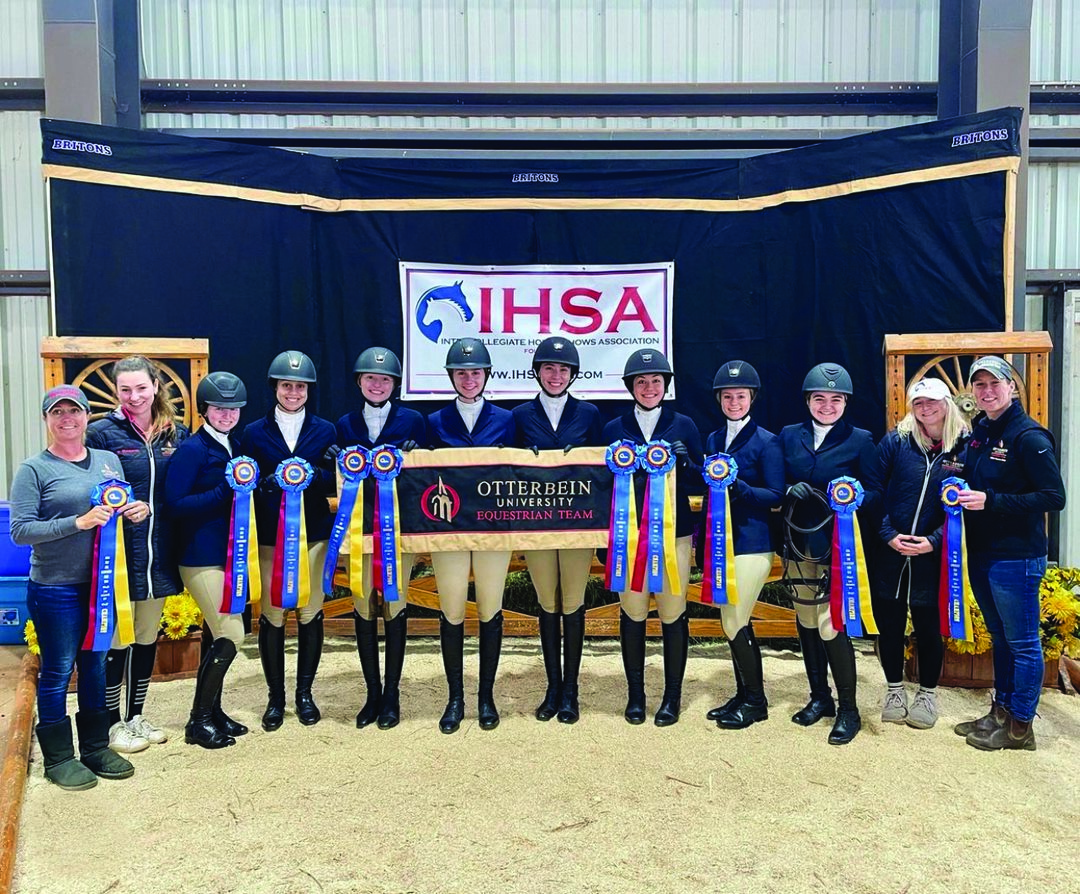





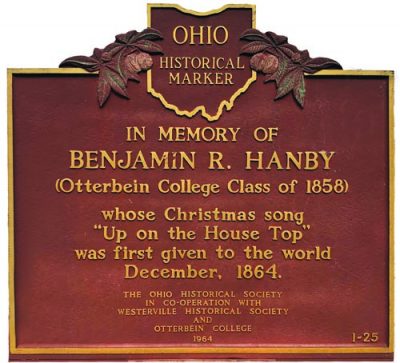














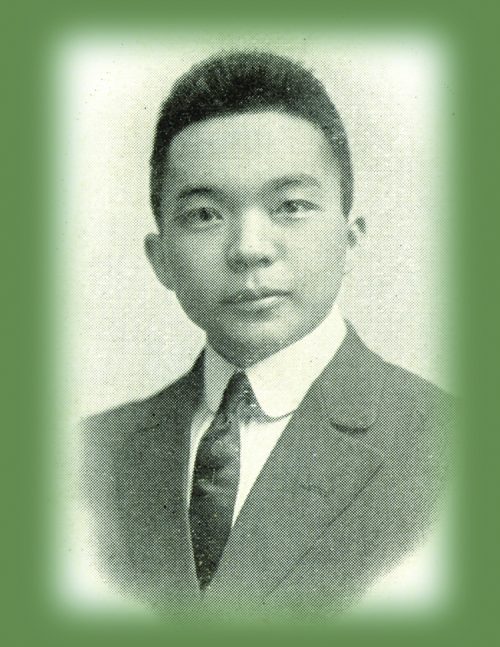

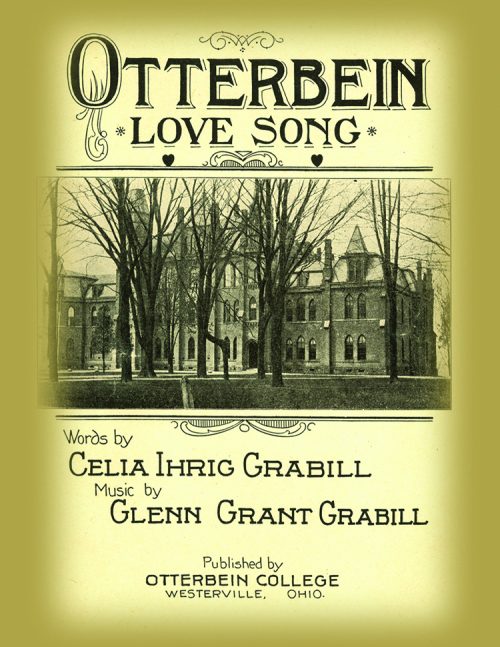






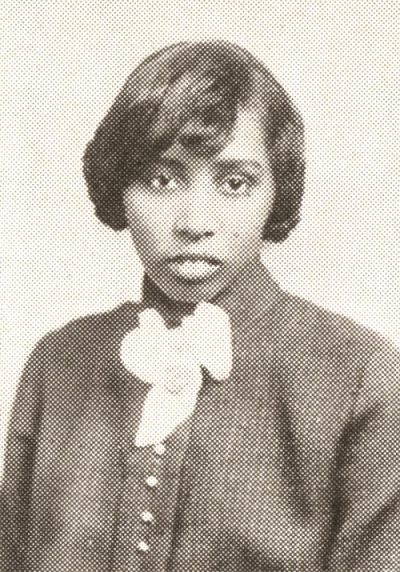

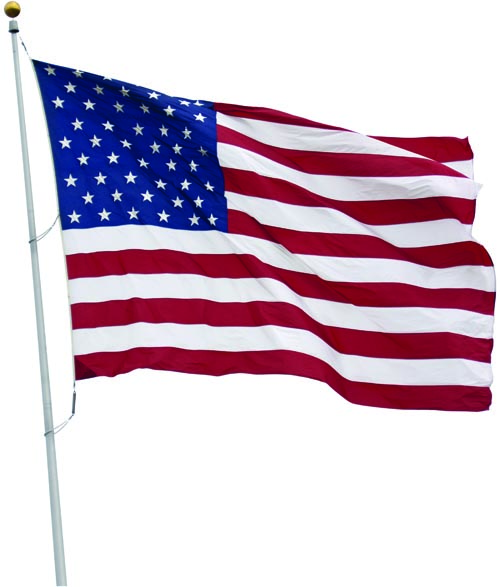



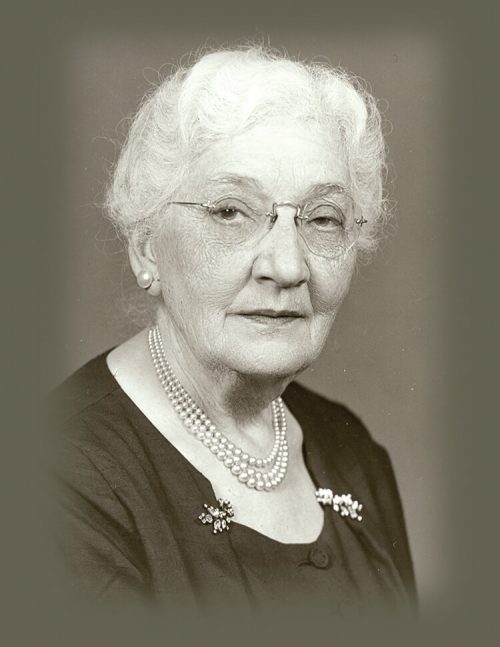
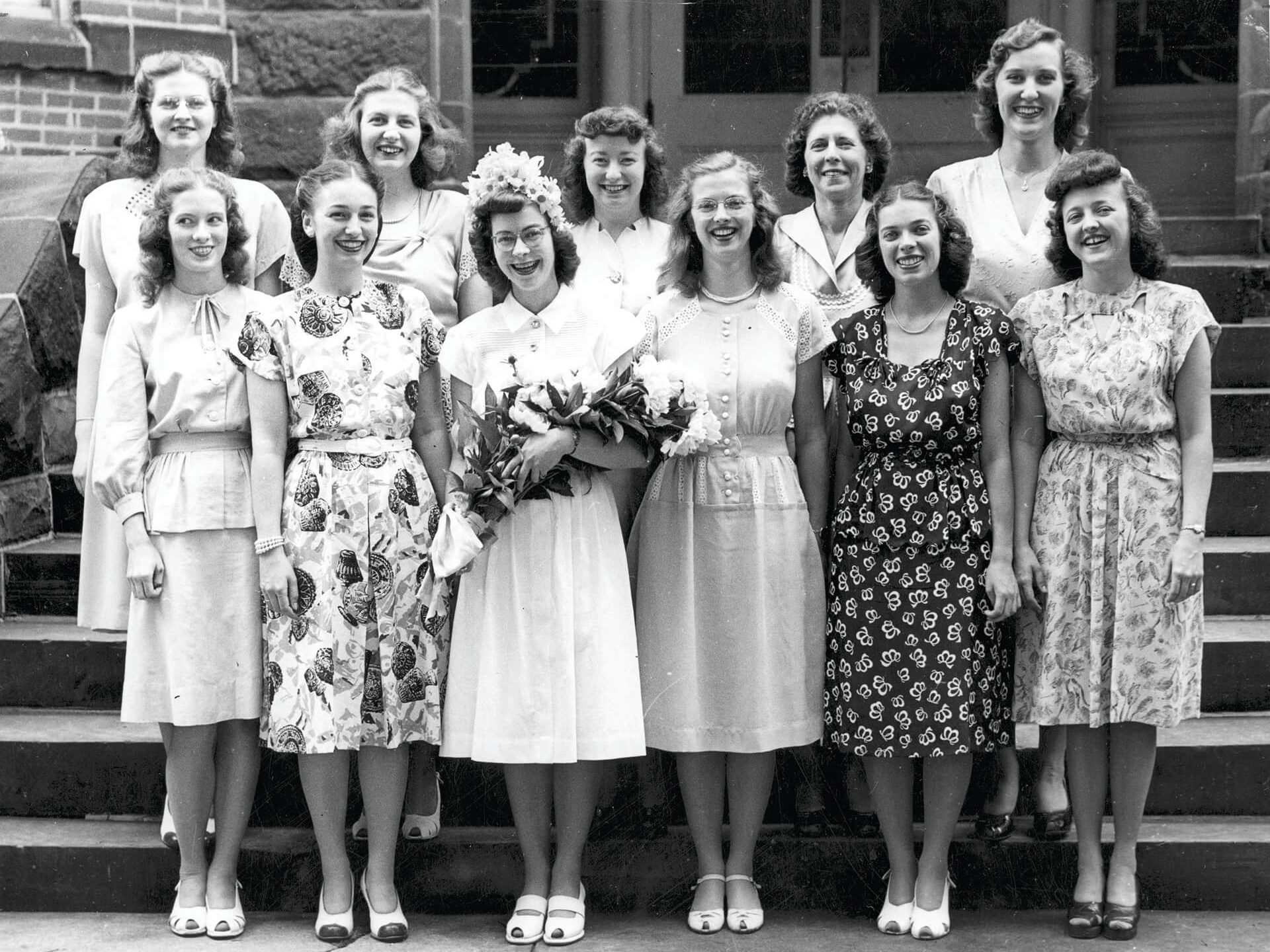
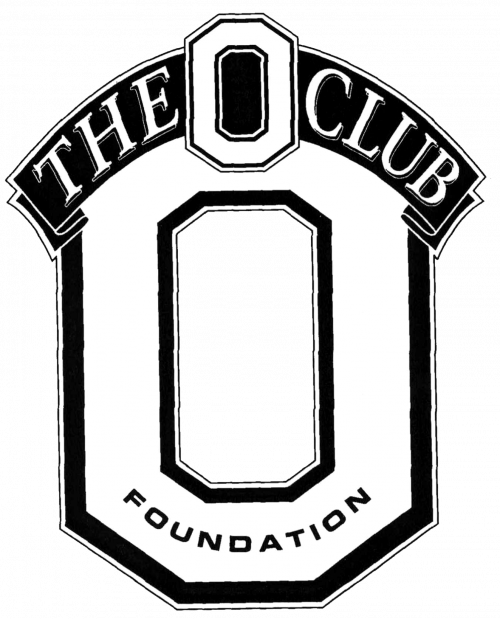


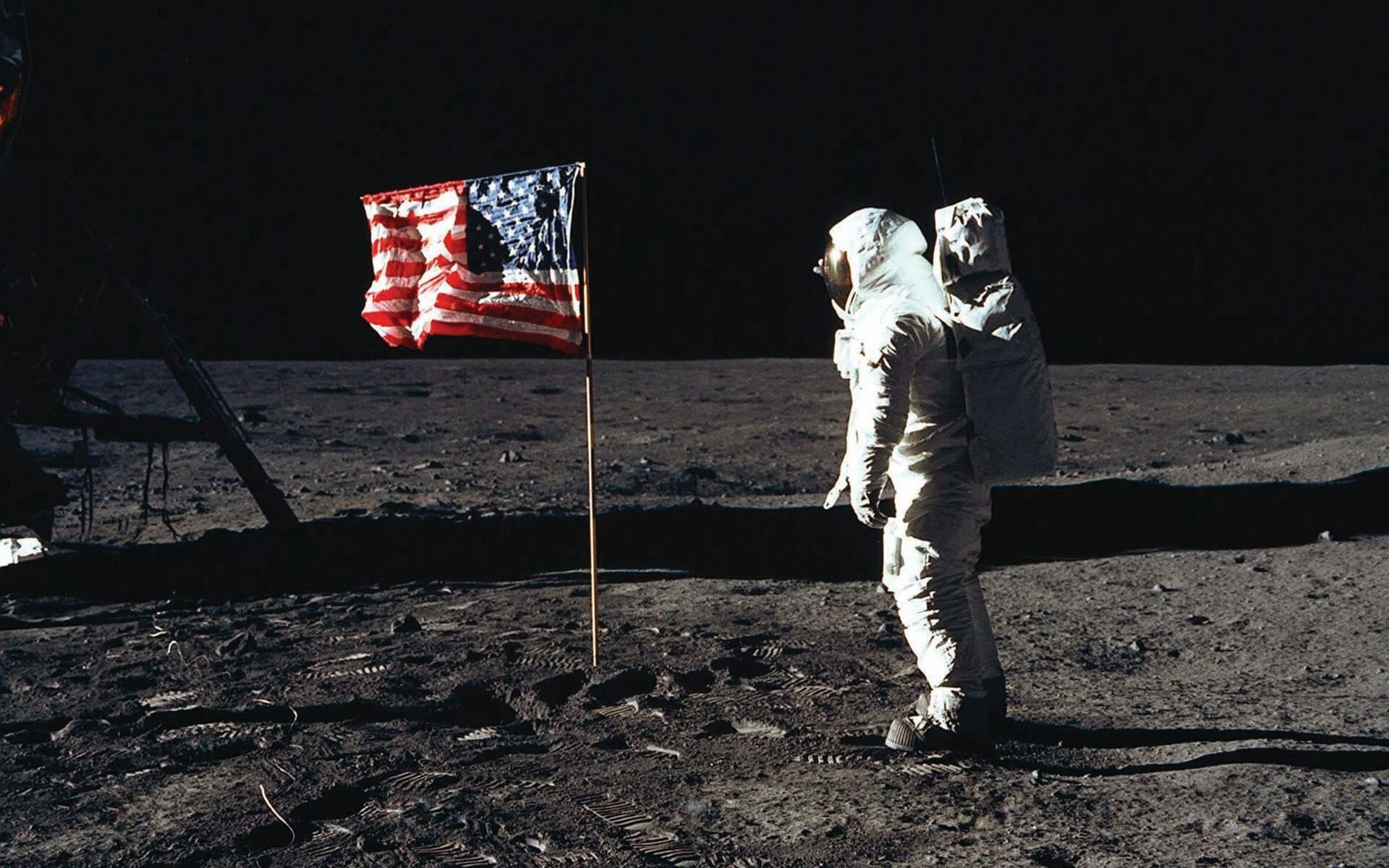
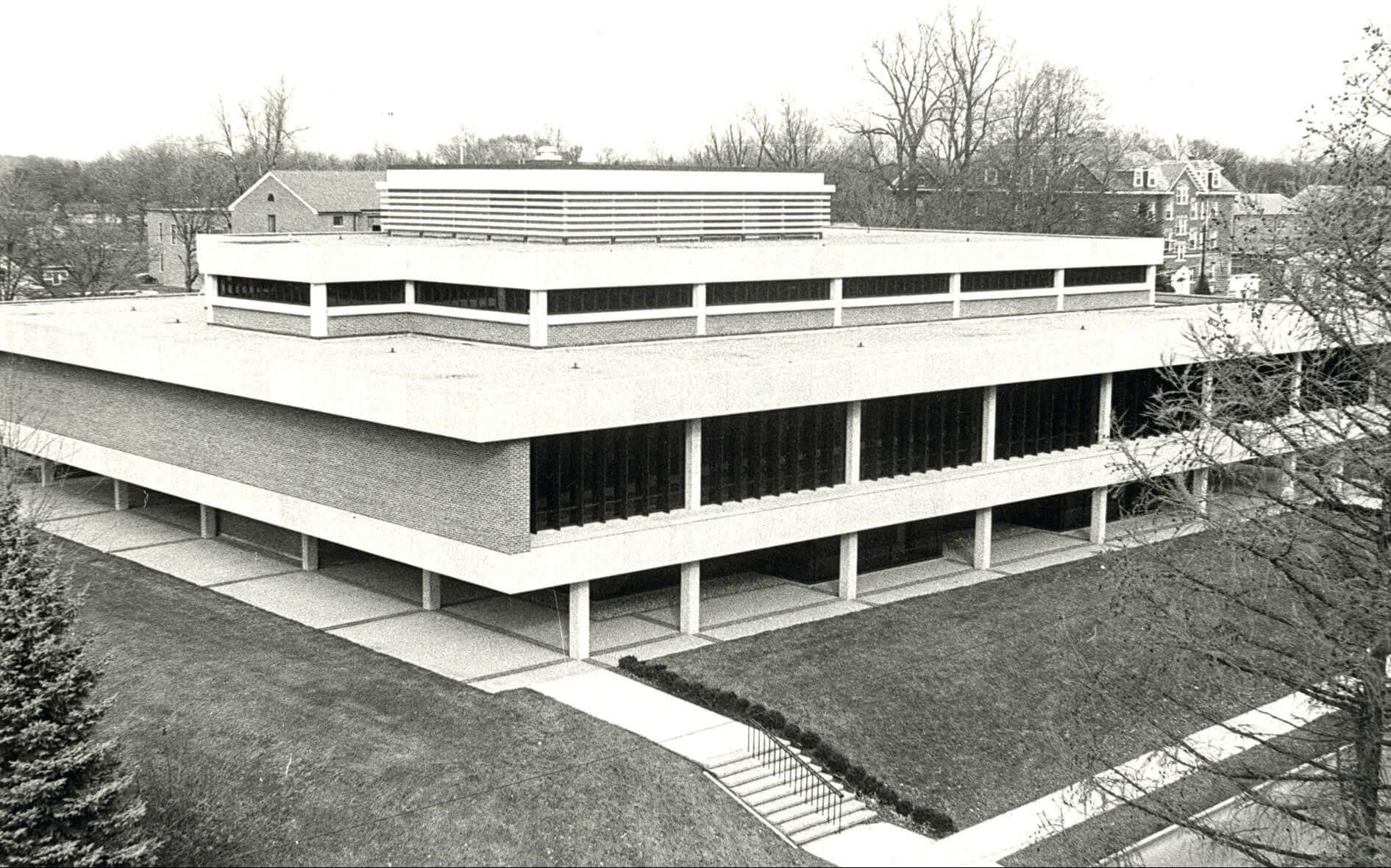
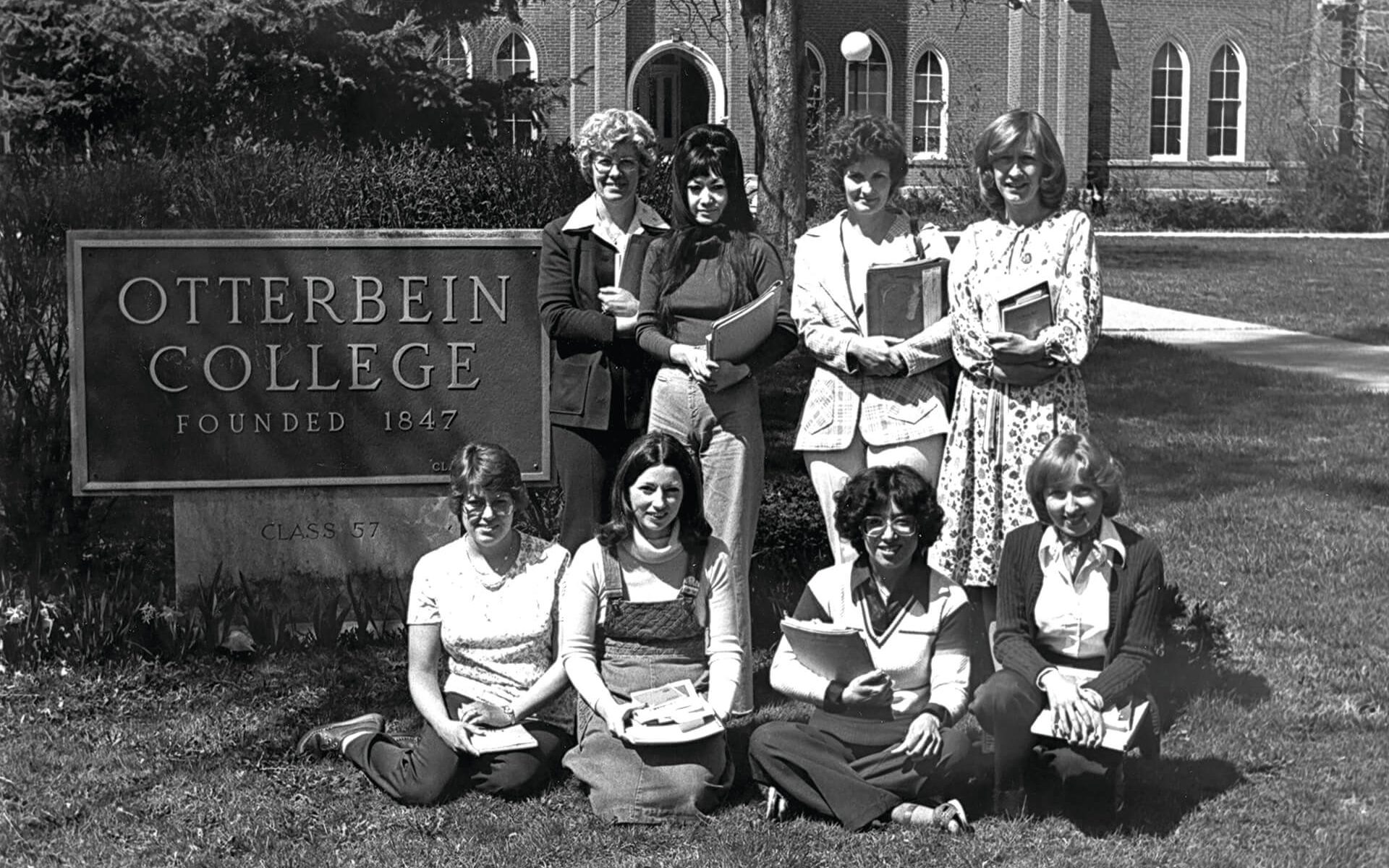






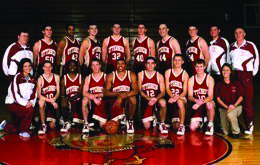



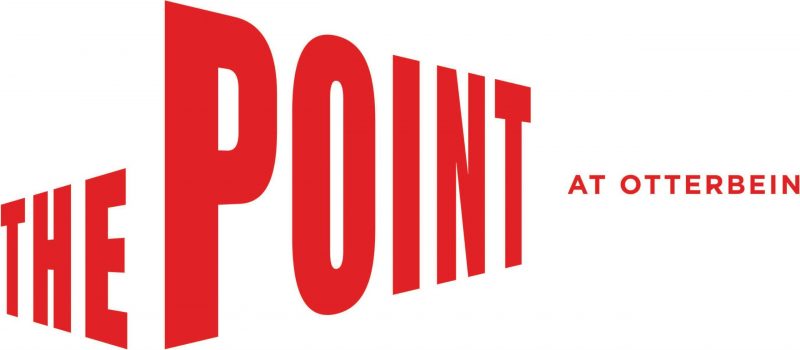



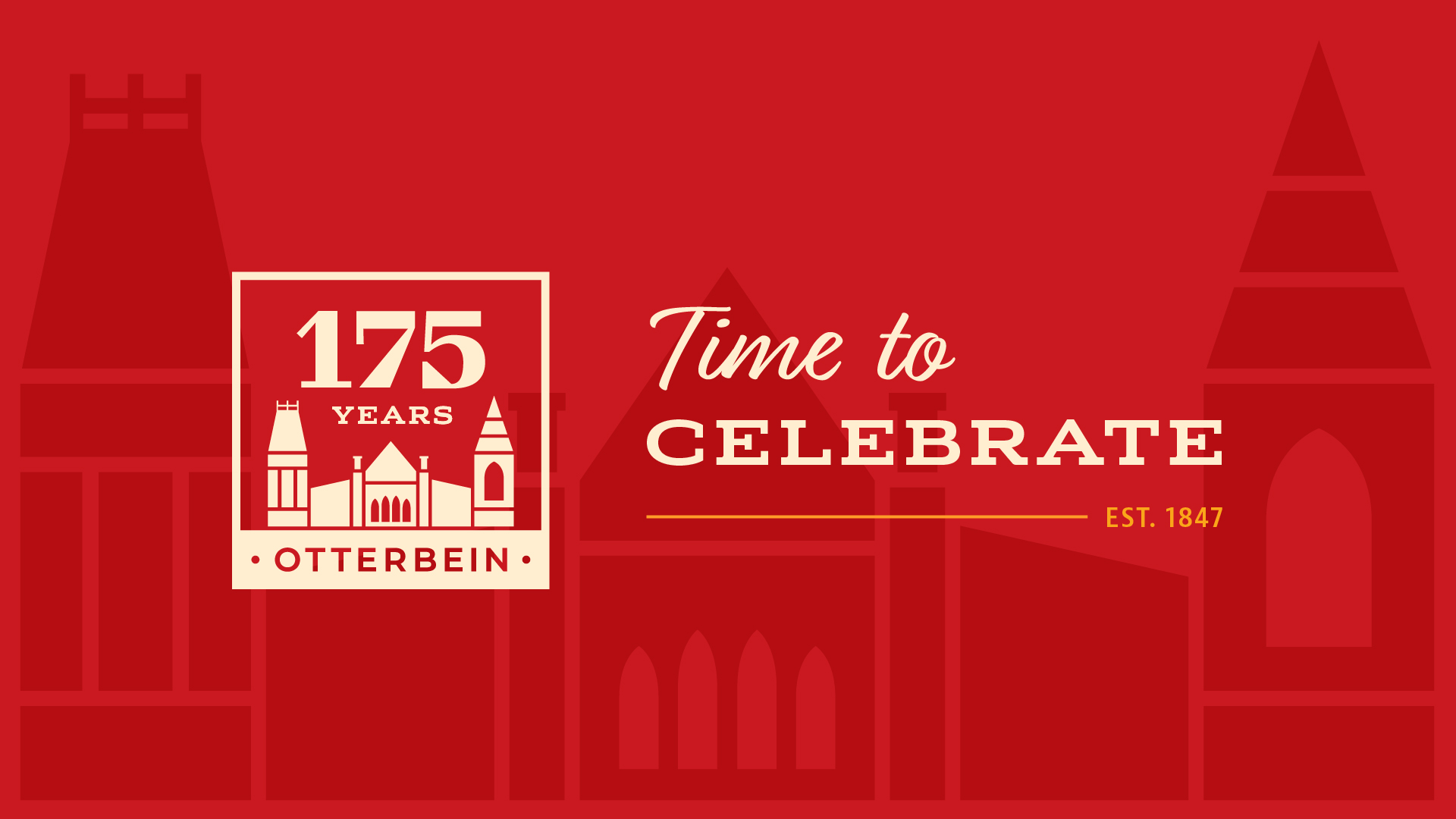





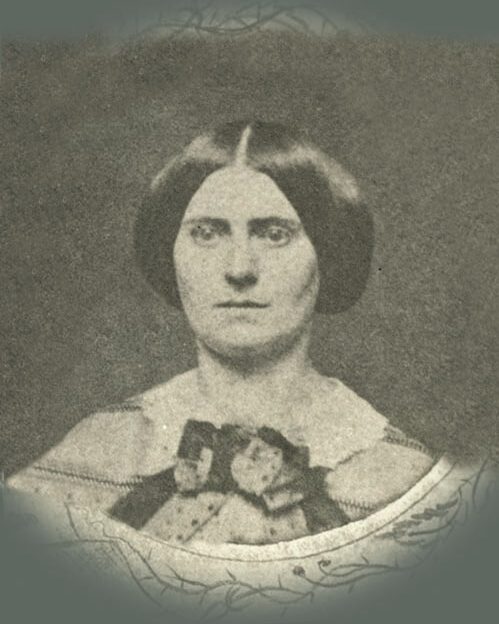




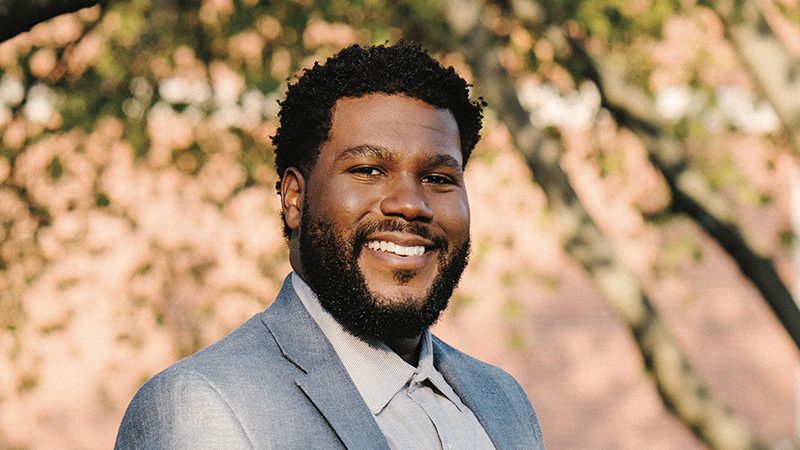
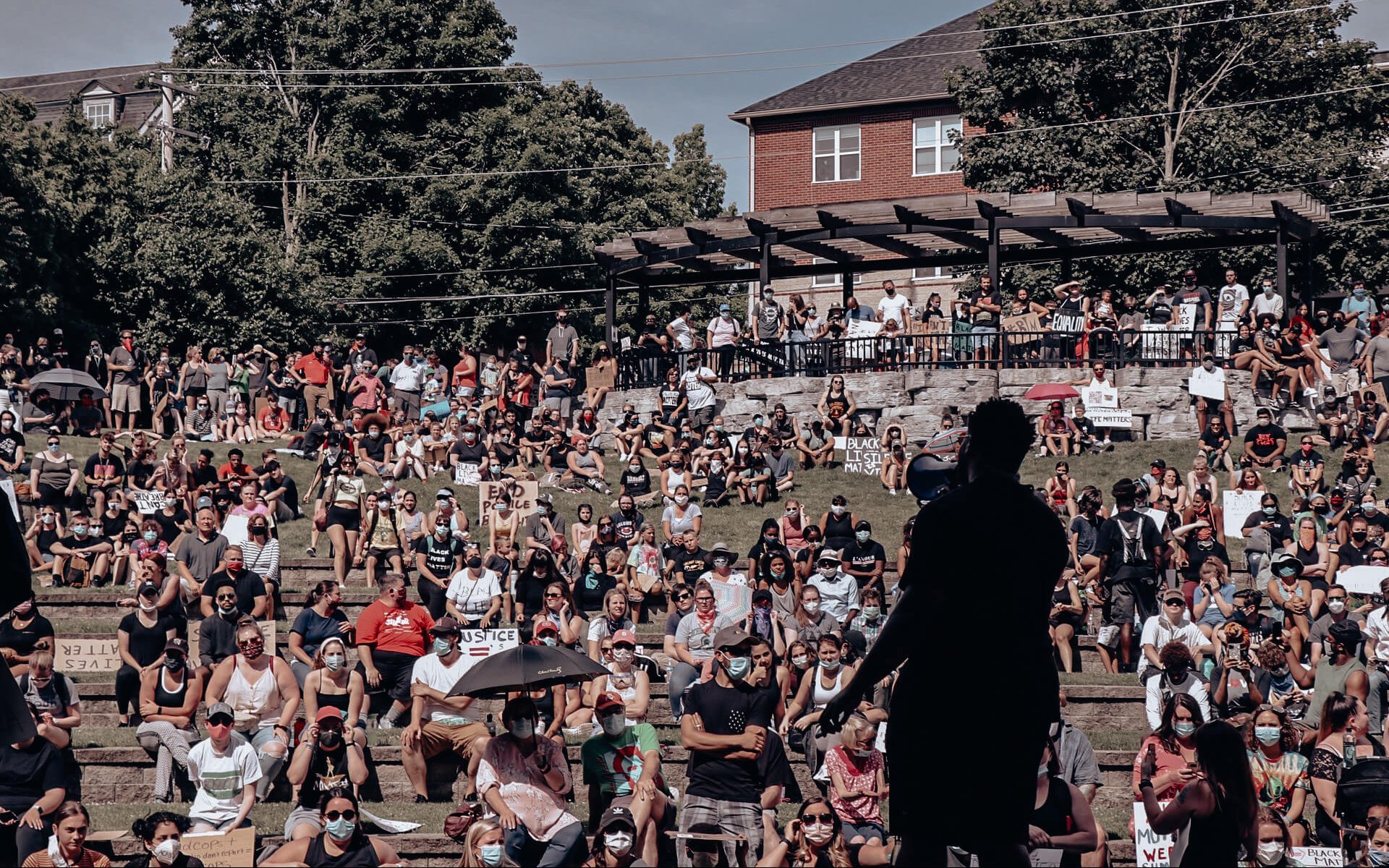






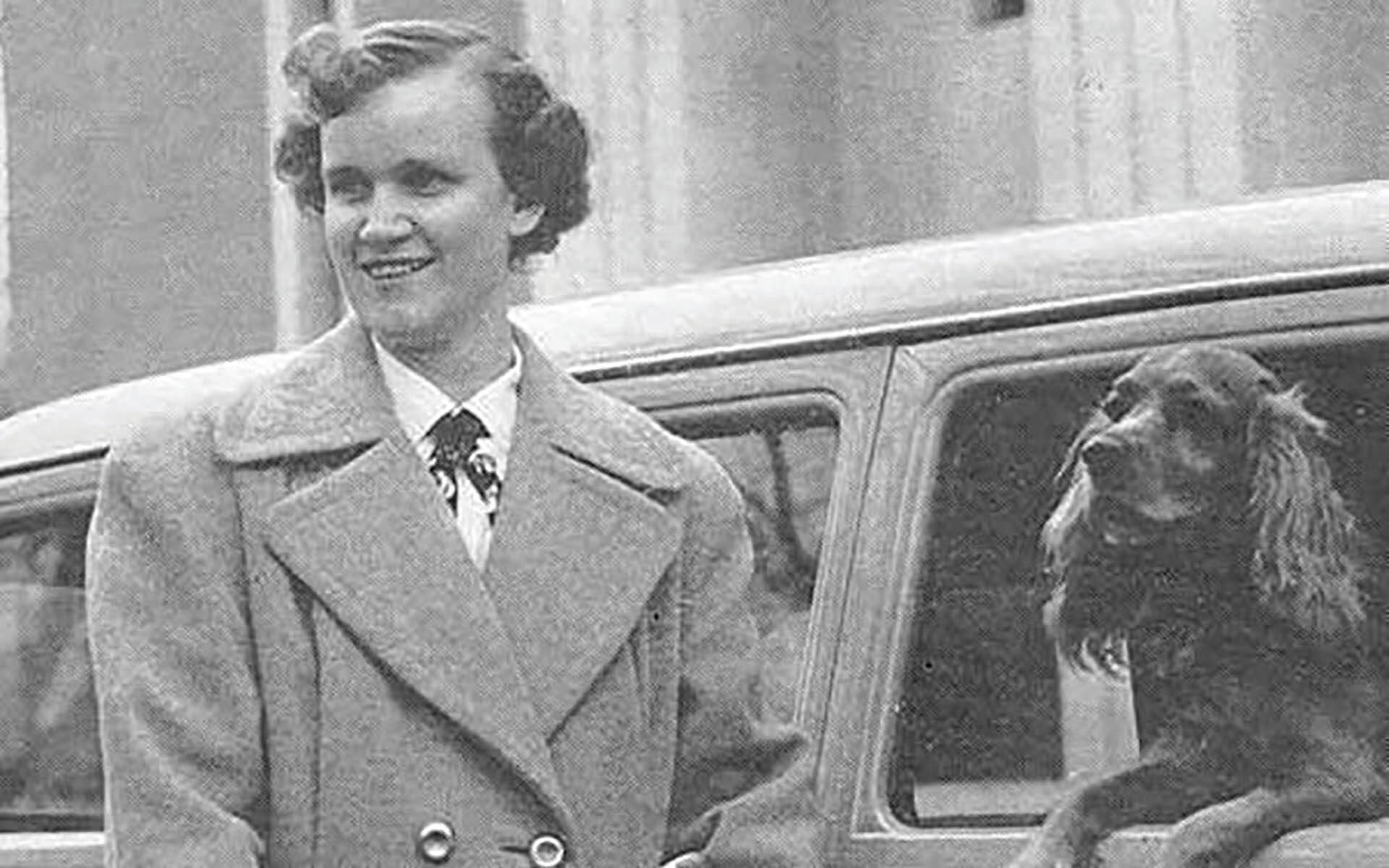
 Scrap Day started in 1915 as a day of fun with a series of competitive field events, including tug-of-war across Alum Creek, sack races, and a bonfire. At that time, freshman students were required to wear beanies for group bonding — and as a source of teasing from upperclassmen. If the sophomores won the scrap day competitions, freshmen had to wear their beanies until Christmas, instead of Thanksgiving. The day was usually rigged against the freshmen. In the 1940s and 1950s, popular activities included “Coke dates” in Uptown Westerville and hanging out at the “Otterbarn” – an Army surplus building that served as the first student center. Their options were somewhat limited. Joanne “Dean Van” Van Sant H’70, dean of students emerita, once recalled: “No dancing was allowed on campus. No drinking of alcoholic beverages. Women had curfews and signed out and in. Chapel was held four days a week; attendance was mandatory with five absences allowed per semester. To miss more meant adding hours to your graduation requirement.” Because of the restrictions, students left campus for fun. They attended dances at the Westerville Armory and crossed the border to socialize at a Columbus bar called the Garden Inn, which remained a frequent destination through the 1990s. Since the early 1970s, late-night donut runs to Schneider’s Bakery have been one of the most popular Otterbein traditions. Mary Miller Westfall ’75 told Towers in 2000: “Women had to be in the dorm by midnight. Girls used to sneak out of the basement windows in King Hall at one or two in the morning for donuts.” Otterbein’s signature event, Homecoming, was recorded in The Tan and Cardinal as far back as 1917. In 1933, the first Homecoming queen, Marjorie Bowser ’36, was crowned. Today, Homecoming royalty are nominated by student organizations and voted on by the student body. Guests to Homecoming and Family Weekend celebrate with a parade, class reunions, tailgating, festival food and games, football — and, starting in 2021, a beer garden.
Scrap Day started in 1915 as a day of fun with a series of competitive field events, including tug-of-war across Alum Creek, sack races, and a bonfire. At that time, freshman students were required to wear beanies for group bonding — and as a source of teasing from upperclassmen. If the sophomores won the scrap day competitions, freshmen had to wear their beanies until Christmas, instead of Thanksgiving. The day was usually rigged against the freshmen. In the 1940s and 1950s, popular activities included “Coke dates” in Uptown Westerville and hanging out at the “Otterbarn” – an Army surplus building that served as the first student center. Their options were somewhat limited. Joanne “Dean Van” Van Sant H’70, dean of students emerita, once recalled: “No dancing was allowed on campus. No drinking of alcoholic beverages. Women had curfews and signed out and in. Chapel was held four days a week; attendance was mandatory with five absences allowed per semester. To miss more meant adding hours to your graduation requirement.” Because of the restrictions, students left campus for fun. They attended dances at the Westerville Armory and crossed the border to socialize at a Columbus bar called the Garden Inn, which remained a frequent destination through the 1990s. Since the early 1970s, late-night donut runs to Schneider’s Bakery have been one of the most popular Otterbein traditions. Mary Miller Westfall ’75 told Towers in 2000: “Women had to be in the dorm by midnight. Girls used to sneak out of the basement windows in King Hall at one or two in the morning for donuts.” Otterbein’s signature event, Homecoming, was recorded in The Tan and Cardinal as far back as 1917. In 1933, the first Homecoming queen, Marjorie Bowser ’36, was crowned. Today, Homecoming royalty are nominated by student organizations and voted on by the student body. Guests to Homecoming and Family Weekend celebrate with a parade, class reunions, tailgating, festival food and games, football — and, starting in 2021, a beer garden.




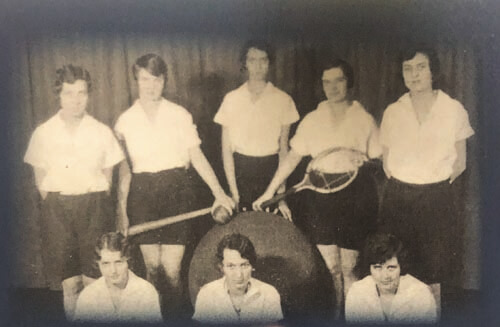















 Roush Hall was dedicated in 1993, thanks to a gift of $2 million from Edwin “Dubbs” ’47
Roush Hall was dedicated in 1993, thanks to a gift of $2 million from Edwin “Dubbs” ’47





